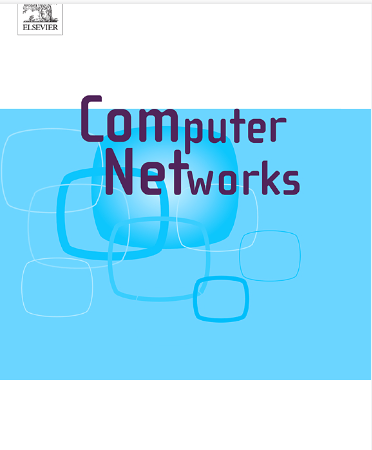Experimental study of a User-Centric RIS in existing cellular systems
IF 4.4
2区 计算机科学
Q1 COMPUTER SCIENCE, HARDWARE & ARCHITECTURE
引用次数: 0
Abstract
Reconfigurable Intelligent Surfaces (RISs) are promising for increasing the capacity and coverage of cellular systems by adaptively changing the phase of the reflected signals based on the information about the channel between a Base Station (BS) and a Mobile Station (MS). According to a popular BS-centric approach, the BS controls the RIS via a BS-RIS connection. So, the RIS needs to be integrated into the operator’s infrastructure, which hampers its deployment in existing networks. This paper presents and experimentally evaluates a proof-of-concept of an alternative User-Centric approach, where the RIS is managed by Mobile Station(s). So, customers may install RISs in areas with weak signals in offices and homes by themselves, without involving the operator or upgrading the BS. This work presents a concept of the MS-RIS backhaul as well as beamforming codebook design that allows RIS to operate effectively in a sub-6 GHz cellular network. The experimental results show that this approach may double downlink and uplink throughput for cell-edge users in outdoor and outdoor-to-indoor scenarios in existing cellular deployments.
求助全文
约1分钟内获得全文
求助全文
来源期刊

Computer Networks
工程技术-电信学
CiteScore
10.80
自引率
3.60%
发文量
434
审稿时长
8.6 months
期刊介绍:
Computer Networks is an international, archival journal providing a publication vehicle for complete coverage of all topics of interest to those involved in the computer communications networking area. The audience includes researchers, managers and operators of networks as well as designers and implementors. The Editorial Board will consider any material for publication that is of interest to those groups.
 求助内容:
求助内容: 应助结果提醒方式:
应助结果提醒方式:


